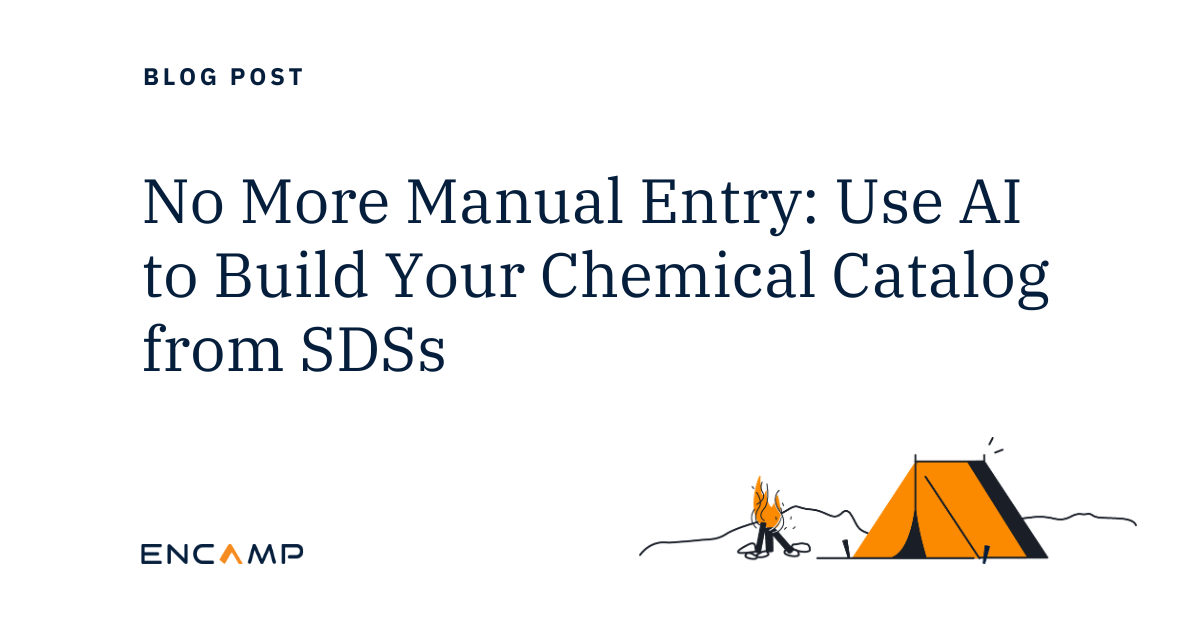Background
Per- and polyfluoroalkyl substances (PFAS) are synthetic chemicals widely used since the 1940s in industrial and consumer products such as cleaners, textiles, and firefighting foams. PFAS are characterized by their persistence, tendency to bioaccumulate, toxicity, and widespread exposure to humans and wildlife. The U.S. Environmental Protection Agency (U.S. EPA) has identified health risks associated with certain PFAS that can accumulate in the human body. A few actions the U.S. EPA has taken to mitigate these risks include regulatory changes under the Toxic Substances Control Act (TSCA), enacting significant new use rules (SNURs) for long-chain PFAS, rules on importing products containing PFAS and rules requiring reporting of new PFAS uses.
PFAS are now subject to reporting under the Emergency Planning and Community Right-to-Know Act (EPCRA), TSCA, and the Pollution Prevention Act. In 2020, the National Defense Authorization Act for Fiscal Year 2020 (NDAA) added certain PFAS to the list of chemicals covered by the Toxic Release Inventory (TRI). Additional PFAS are slated to be added to the TRI annually. The same year, PFAS were designated as Lower Threshold Chemicals of Special Concern, subjecting them to enhanced reporting requirements. Furthermore, the recently finalized TSCA 8(a)(7) rule that went into effect November 15, 2023, requires companies that have manufactured or imported PFAS since January 1, 2011, to report details on PFAS uses, production volumes, disposal methods, exposures, and hazard information through December 31, 2022.
Growing Public Concern Over PFAS Health Risks Prompts Industry Response
Due to their persistent nature in the environment and the human body, PFAS has become known and described as “forever chemicals.” Research conducted by the Centers for Disease Control and Prevention (CDC) indicates that PFAS exposure is widespread in the United States population and many people have PFAS in their bloodstream already.
The CDC has identified potential links between certain PFAS and adverse health effects, including increased cholesterol levels, liver enzyme alterations, decreased infant birth weights, reduced vaccine response in children, increased risk of hypertension or preeclampsia in pregnant women, and increased risk of certain cancers.
Many companies are taking steps to phase out PFAS in light of emerging health concerns.
For example, the textile company Gore-Tex which deals with fabric solutions, has established ambitious goals to eliminate perfluorochemicals (PFCs) across the life cycle of its consumer products that may pose environmental risks. Additionally, the company Onvector, a science-based clean tech company, has developed a plasma vortex technology capable of destroying PFAS on a commercial scale. Continued innovation by industry and responsible chemical management will be key to reducing PFAS exposures and protecting human and environmental health.
Emerging PFAS Regulations
In accordance with regulations set in place by the TSCA and adopted by the National Defense Authorization Act for Fiscal Year 2020, the EPA requires persons that manufacture (including import) or have manufactured per- and poly-fluoroalkyl substances (PFAS) in any year since January 1, 2011, to submit information to the EPA regarding PFAS uses, production volumes, byproducts, disposal, exposures, and existing information on environmental or health effects.
Failure to comply with TSCA regulations on PFAS can result in some of the largest penalties in environmental law from the EPA. The EPA can levy fines for not reporting required information, lacking proper records, refusing inspections, or ignoring requests for data. Since TSCA fines are given on a per-chemical basis, having multiple PFAS compounds or sites can mean many violations. TSCA mandates submitting all reasonably ascertainable PFAS information. Even small firms without prior compliance must show real efforts to check records for PFAS use and supply chain sources. TSCA fines treat small and large companies alike, so documenting due diligence is key. This includes detailing the investigation into reporting duties, record-keeping, rapidly responding to EPA inquiries, and overall compliance attempts.
This rule is limited to manufacturers (including importers) of PFAS that are considered a “chemical substance.” Under TSCA section 3(2), “chemical substance” means any organic or inorganic substance of a particular molecular identity, including:
- (1) Any combination of such substances occurring in whole or in part as a result of a chemical reaction or occurring in nature, and
- (2) Any element or uncombined radical. This rule does not require reporting on activities that are excluded from the definition of “chemical substance” in TSCA section 3(2)(B).
Even though the definition of chemical substance excludes mixtures, PFAS as a chemical substance may be present in a mixture. Therefore, this rule requires reporting on each chemical substance that is a PFAS, including as a component of a mixture. This rule does not require reporting on components of a mixture that do not fall under the structural definition of PFAS.
A list of TSCA 8(a)(7) PFAS chemicals subject to reporting can be found here. While this list is a great place to start to identify PFAS to report, it is not exhaustive. The rule requires the company reporting to identify any additional PFAS that are manufactured or imported that meet the structural definition in the rule.
The TSCA 8(a)(7) PFAS rule will be important to collect more information about which PFAS chemicals are used, how they are used, and how people may be exposed. This data will lay the foundation for the U.S. EPA to be able to conduct risk evaluations and eventually implement risk management rules.
How To Stay Ahead of Regulations
Navigating emerging PFAS regulations can be complex. While daunting, early TSCA compliance efforts pay dividends by potentially preventing violations.
Some of the most important steps to remain compliant with the new PFAS regulations include:
- Understanding and Monitoring Regulatory Changes: Stay informed about both federal and state-level regulations concerning PFAS. This includes monitoring updates from the U.S. Environmental Protection Agency (U.S. EPA), Occupational Safety and Health Administration (OSHA), and other relevant bodies, as well as being aware of any legislative changes that might affect PFAS handling and disposal.
- Permitting and Reporting Requirements: Obtain necessary permits for operations that involve PFAS. This also includes fulfilling any reporting requirements, such as disclosing PFAS usage, emissions, or discharge levels as required by regulatory agencies.
- Environmental Impact Assessments: Conduct environmental impact assessments to understand how your organization’s use of PFAS affects the local environment. This is crucial for ensuring compliance with environmental protection regulations.
- Waste Management and Disposal: Adhere to strict guidelines for the disposal of PFAS-containing materials. This involves understanding the correct disposal methods and ensuring that waste is handled and processed by appropriately permitted facilities.
- Regular Audits and Inspections: Conduct regular internal audits to ensure ongoing compliance with PFAS regulations and be prepared for external inspections by regulatory agencies. For example, routine audits of what chemicals are being purchased to identify non-PFAS-containing options will assist a facility in moving away from the use of PFAS in their processes or facility.
A prudent strategy is to approach PFAS data collection expansively, even if regulations remain uncertain. Investing early in compliance builds institutional knowledge and allows the flexibility to adapt as scientific understanding and regulatory frameworks evolve.
Encamp Solution to PFAS Reporting
Navigate the complex PFAS regulatory environment with confidence using Encamp. Our solution enables easy comparison between your chemical inventory and EPA’s evolving list of PFAS compounds.
Encamp offers a centralized system for storing and managing your facility profile data. This is useful for PFAS reporting, as it allows for easy access and organization of data related to PFAS usage, disposal, and monitoring. Additionally, Encamp experts will help you keep track of regulatory changes, including those related to PFAS.
Know precisely which substances require closer tracking or phasing out. With Encamp as your PFAS regulation copilot, you can breathe easier and focus on what matters—sustaining compliance in parallel with business operations. We remove the guesswork so your team can proactively adapt as policies continue to develop around these persistent chemicals.
Schedule a demo and let Encamp provide the clarity you need to stay ahead of the curve.
References:
Ciara James
Ciara is the content marketing intern at Encamp. With a degree in environmental geography from Cal Poly Pomona, Ciara understands the complexities of EHS compliance across the globe. Through her work at Encamp, she has helped customers discover the value of their solutions for streamlining EHS compliance.



